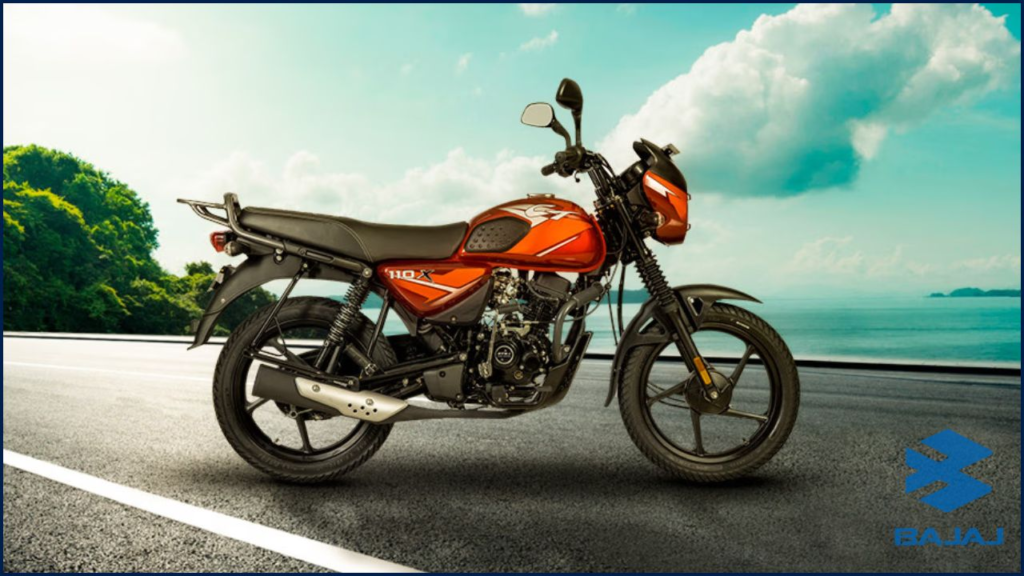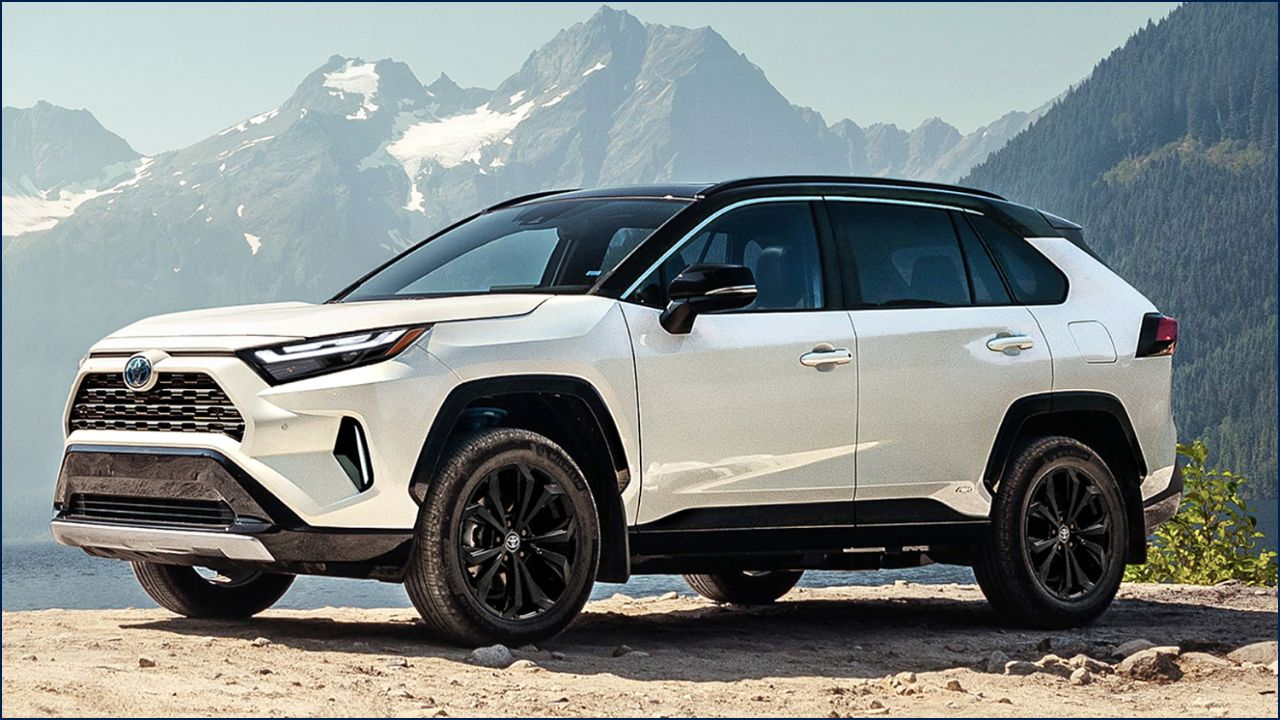
The Bajaj CT 110, promoted with a claimed mileage of 75 kilometres per litre (kmpl) and low monthly instalment (EMI) finance schemes, is drawing strong interest from Indian two-wheeler buyers. The commuter motorcycle, positioned in the affordable segment, is benefiting from a surge in showroom visits as budget-conscious consumers look for fuel-efficient and accessible mobility solutions.
Bajaj CT 110 Mileage Claims and Market Position
The Bajaj CT 110 is marketed as one of India’s most fuel-efficient commuter motorcycles. Bajaj Auto, the manufacturer, highlights mileage figures of up to 75 kmpl under ideal test conditions, though most independent reviews place real-world fuel efficiency between 65 and 70 kmpl.
Mileage testing in India is conducted by the Automotive Research Association of India (ARAI) under controlled conditions. However, industry experts emphasise that actual consumer experience differs due to road conditions, load, and riding style.
“The 75 kmpl figure is aspirational. In real-world traffic, riders are more likely to achieve between 65 and 68 kmpl,” said Anil Sharma, an automotive journalist with Overdrive India.
The CT 110’s promise of low running costs helps it stand out in the 100cc–125cc commuter bike market, where Hero HF Deluxe, TVS Sport, and Honda Shine 100 remain key rivals.
EMI Offers Driving Sales
The affordability push is not limited to mileage claims. Dealers across major Indian cities are advertising finance plans starting at less than ₹2,000 per month, depending on tenure, down payment, and interest rates.
For instance, data from BikeDekho shows an EMI of approximately ₹2,319 per month for a 36-month tenure at 9.7% interest, while in some regions, down payments as low as ₹25,000 can reduce monthly instalments further.
A Bajaj dealership in Delhi reported higher footfalls during the Navratri season.
“We are witnessing more walk-ins after festive discounts. Many buyers are drawn by the idea of owning a reliable motorcycle with daily costs similar to a few cups of tea,” said a dealer manager.
Bajaj CT 110 Pricing and Availability
The on-road price of the Bajaj CT 110X, the only variant currently in production, starts at approximately ₹78,000 depending on state taxes and insurance. The bike is available in both kick-start and electric-start versions.
Styling cues include a rugged frame, alloy wheels, semi-knobby tyres, and a carrier. These features are designed for customers in semi-urban and rural markets, where motorcycles often double up as utility vehicles.
Consumer Voices
For many riders, the CT 110 represents practicality over luxury. Ravi Prasad, a 28-year-old delivery executive in Patna, said,
“I ride over 100 kilometres a day. Mileage matters more than anything. With the CT 110, I can save at least ₹1,000 a month compared to my older bike.”
A contrasting view came from Priya Nair, a college lecturer in Kochi.
“The CT 110 is value for money, but I would prefer better comfort for longer rides. Still, for city commutes, it works well.”
Competitor Comparison
In India’s commuter segment, the CT 110 faces stiff competition:
- Hero HF Deluxe: Mileage 70–74 kmpl, starting price ₹59,998 (ex-showroom).
- TVS Sport: Mileage 68–72 kmpl, starting price ₹63,990.
- Honda Shine 100: Mileage around 65 kmpl, priced from ₹64,900.
While Bajaj’s claimed 75 kmpl gives it a headline advantage, real-world differences between these models are modest. EMI schemes and dealer discounts often play a bigger role in final consumer decisions.
Industry Trends
India remains the world’s largest two-wheeler market, with commuter motorcycles forming over 60% of sales, according to the Society of Indian Automobile Manufacturers (SIAM). Rising fuel costs and constrained household incomes are fuelling demand for bikes that balance low purchase prices with high efficiency.
Sales also peak during India’s festive season, when manufacturers and dealers announce promotional schemes. In 2024, Bajaj Auto reported a 12% year-on-year increase in festive season sales, crediting flexible finance and higher rural demand.
Technology and Features in Bajaj CT 110
The Bajaj CT 110X includes features tailored to Indian road conditions:
- Ribbed Grab Rail and Carrier: Designed for utility, allowing riders to transport goods.
- Telescopic Front Forks and Spring-in-Spring Rear Suspension: Improves ride quality on uneven roads.
- Braking System: Equipped with a combined braking system (CBS) for safety compliance.
These small but significant features add to its appeal among rural customers who often ride with extra load.
Environmental and Policy Context
The CT 110 complies with BS6 Phase 2 emission norms, making it more efficient and less polluting than earlier models. However, the rise of electric scooters in India poses new challenges.
Government incentives for electric two-wheelers, such as subsidies under the FAME II scheme, are pushing urban buyers toward EVs. Yet, limited charging infrastructure in rural areas ensures strong demand for conventional commuter bikes.
Regional Demand
Bajaj Auto reports that Tier 2 and Tier 3 cities account for the bulk of CT 110 sales. In states like Uttar Pradesh, Bihar, and Madhya Pradesh, motorcycles are often the only affordable personal transport option.
Festive offers in regions like Gujarat and Maharashtra have also spurred demand, with some dealerships reporting stock shortages.
Future Outlook
Experts believe the commuter motorcycle market will remain resilient, even as EV adoption grows.
“Electric vehicles are the future, but in rural India, affordability, range, and ease of repair keep petrol motorcycles relevant. Models like CT 110 will continue to dominate for the next five to seven years,” said Dr. Ananya Verma, an economics lecturer at Delhi University.
Conclusion
The Bajaj CT 110 demonstrates how a blend of mileage claims, low EMI schemes, and rugged design continue to define success in India’s commuter motorcycle market. While experts caution that the 75 kmpl figure is best-case, the affordability and reliability of the model ensure its popularity.

















